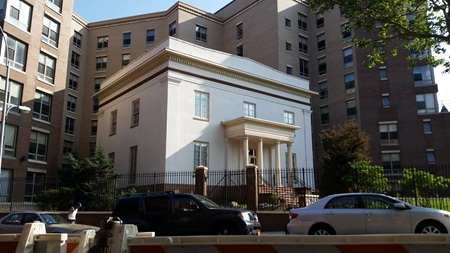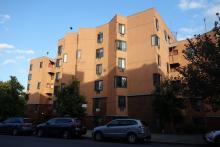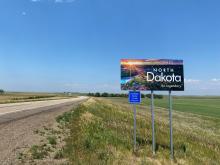New York Awards $13.1 Million In New Low Income Housing Broadband Grants
New York State officials have unveiled the first round of broadband deployment grants made possible by the state’s $100 million Affordable Housing Connectivity Program (AHCP), which aims to drive affordable fiber and Wi-Fi to low-income state residents trapped on the wrong side of the digital divide.
As part of the program, the state recently announced it will be spending $13.1 million to connect 14,167 lower income residents across Buffalo, Rochester, upper Manhattan and the Bronx with both affordable gigabit-capable fiber – and low cost Wi-Fi.
Flume, the partner ISP chosen by the state, will offer residents the choice of three broadband tiers: 100/20 megabit per second (Mbps) fiber for $10 per month, symmetrical 200 Mbps fiber for $15 per month, and symmetrical 1 gigabit per second (Gbps) fiber for $30 per month. All three subsidized fiber options will be locked at that price point until 2034, according to the state.

“In today's digital age, access to reliable, affordable high-speed Internet isn't just about convenience – it's about ensuring every New Yorker can participate fully in our modern economy and society,” New York Governor Kathy Hochul said of the new grants. “Through these strategic investments, we're not only installing fiber and infrastructure, we're opening doors to education, healthcare and economic opportunity.”
Faster, Better, Cheaper



